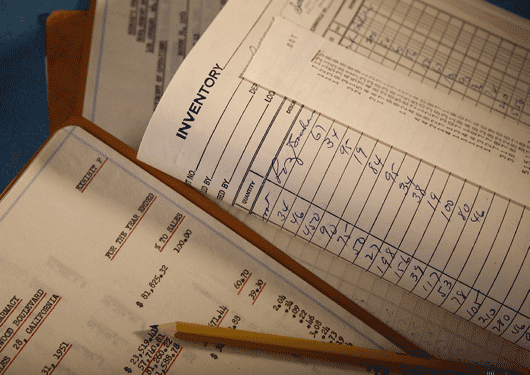
Visit Our Sponsors |
|
|
|
|
|
|
|
|
|
|
|
|
|
|
|
|
|
|
|
|
|
|
|
|
|
|
|
|
|
|
|
|
|
|
|
|
|
|
|
|
|
|
|
|
|
|
|
|
|
|
|
|
|
|
|
|
|
|
|
|
|
|
|
|
|
|
|
|

This makes sense, since improved inventory accuracy is central to driving sales uplift and many of the other benefits and goals for RFID. Let's break down how this works: RFID enables cycle counting to be done about 25 times faster than traditional manual bar code scanning. Frequent, accurate cycle counting improves inventory accuracy, typically by 20 percent to 30 percent, allowing a number of retailers to achieve 99 percent inventory accuracy. This enables replenishment alerts to be reliably generated, increasing on-floor availability and decreasing out-of-stocks, typically by 15 percent to 30 percent. This in turn results in sales uplift in the range of 1 percent to 10 percent or more for those categories.
The resulting increase in sales is the fundamental core financial driver of most RFID implementations in retail and illustrates the central importance of improving inventory accuracy and reducing out-of-stocks.
Nonetheless, retailers have more in mind than inventory accuracy when using RFID. For one thing, loss prevention in stores is very high on retailers' lists.
Keywords: RFID, retail supply chain, retail theft, supply chain IT, supply chain solutions
RELATED CONTENT
RELATED VIDEOS
Timely, incisive articles delivered directly to your inbox.

